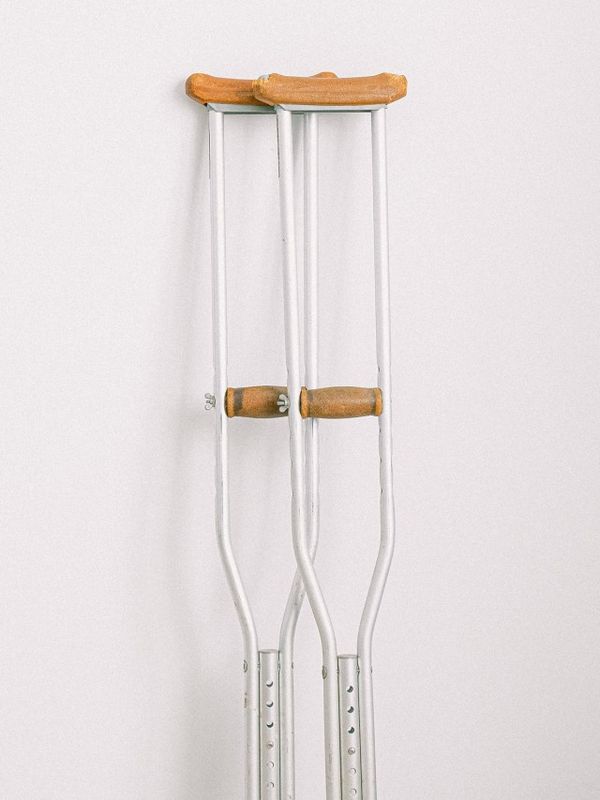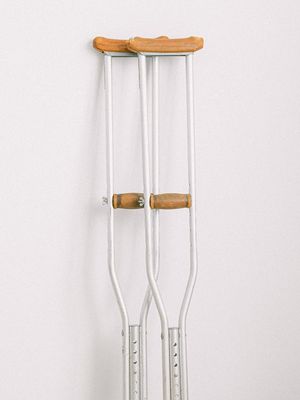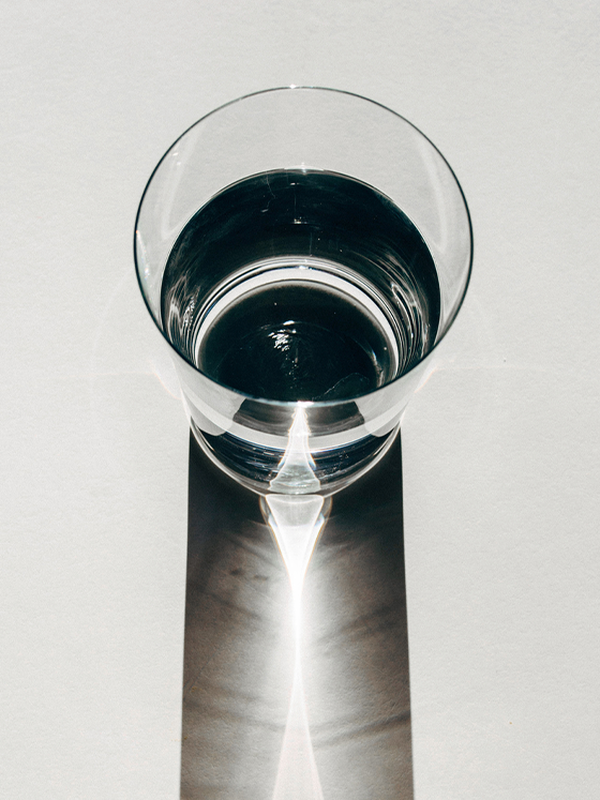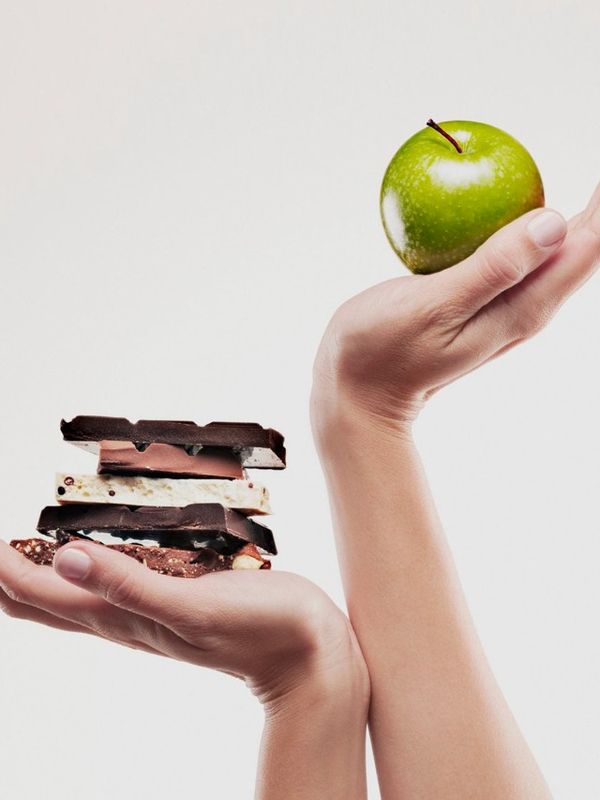
The Easy Way To Become A Blood Donor
Who can give blood?
Most people are eligible for donating blood, but there are certain criteria you must meet:
- Be fit and healthy
- Weigh between 7 stone 12 lbs and 25 stone (50kg and 160kg)
- Be aged between 17 and 66 (or 70 if you have given blood in the last two years)
And who can’t?
To save donors from wasted time and wasted journeys, NHS service Give Blood has a website page addressing some of the most common questions about eligibility. The common reasons donors should check if they can give blood include:
- If you’re receiving medical or hospital treatment
- If you’re taking medication
- After travelling outside of the UK
- After having a tattoo or piercing
- During and after pregnancy
- If you feel ill
- If you have cancer
- After receiving blood, blood products or organs.
You must not give blood if you think you need a test for HIV/AIDS, HTLV or hepatitis. And if you’re a woman under 20 and you weigh less than 10st 3lb (65kg) or are under 5' 6" (168cm) tall, you’ll need to estimate your blood volume to see if you can give blood – the NHS has a handy chart here.
How can you donate?
Whether you’re completely new to blood donation or an existing donor, the NHS’s Blood Donor Digital Service allows you to easily manage the process online. Simply visit the Give Blood website register your details, find your nearest clinic and book an appointment. Alternatively, you can also register and book an appointment by calling 0300 123 23 23.
Most blood donation appointments can be booked in advance, but a limited number of walk-in slots are also available. If you’re unable to keep your donation appointment, Give Blood ask that you try to give at least 3 days' notice. You can cancel or reschedule in a few clicks using the online service.
What happens at the appointment?
The NHS says it aims to ensure blood donation appointments take no longer than an hour. Firstly, you’ll be asked to read through a welcome leaflet which explains the importance of blood safety, then given 500ml of fluid to drink over the course of around five minutes.
Next, you’ll take part in a health screening, where a nurse will confirm your identity and ask any relevant questions to ensure your blood donation is safe for a patient to receive. As part of this, a drop of blood will be taken from your finger to check your iron levels.
If your blood is deemed safe for patients, you’ll be asked to sit in a waiting area until you’re called to a donation chair. A cuff will be placed on your arm to maintain a small amount of pressure during the donation. Your arm will then be examined to find a suitable vein and cleansed with an antiseptic sponge.
A needle will then be inserted into your arm to collect your blood into a blood bag with your unique donor number. You’ll feel a small scratch when the needle is initially inserted but should not feel any discomfort or pain after that. If you do, you should tell a member of staff.
A scale weighs the blood and stops when you have donated 470ml (or just under a pint). This usually takes between five to ten minutes. Finally, the needle will be removed and a sterile dressing applied to your arm.
And afterwards?
To help donators stay well after they’ve given blood, the NHS advise you to:
- Keep the pressure dressing on your arm for about 30 minutes after giving blood, and the plaster on for six hours
- Rest for a short time
- Eat and drink – you’ll be encouraged to have at least two drinks and a snack before you leave
- Avoid using the donation arm to carry anything very heavy for the rest of the day
- Avoid having a hot bath
If you feel faint, light-headed or dizzy, hot, sweating, trembling, shaky or nauseous, the NHS suggest that you lie down immediately, rest until you feel better and drink plenty of fluids.
You may experience slight bruising, but this is usually harmless and will disappear over time. If bleeding recurs, sit down, raise your arm and press on the area where the blood is coming from for at least five minutes.
If you become unwell (other than a cold or cold-sore) within the two weeks following your donation, or if you believe there is a reason your blood should not be transfused to a patient, you should call the Give Blood donor helpline on 0300 123 23 23.
How long does it take for your body to replace the blood?
The average adult has around ten pints of blood (roughly 8% of their body weight), and blood donation removes just under one pint – but this should be replaced naturally in a few weeks, as the body makes about 2 million new red cells every second. As for white cells and platelets, it only takes a few days for levels to return back to normal.
Male donors need to wait a minimum of 12 weeks between whole blood donations and female donors 16 weeks.
Where does your donation go?
Your blood will be transported to one of the NHS’s blood centres, where donations are sorted and registered. Each donation is then filtered and broken down into three separate components – red blood cells, plasma and platelets – meaning your one donation can help to save or improve the lives of up to three people.
Each donation is also tested to find out your blood group and compared against your records if you’ve donated before. The donations are also checked for viruses to help ensure that each donation is safe to transfuse to patients.
Once it’s ready, NHS has a team of professional drivers that provide cover 24 hours a day, 7 days a week to ensure blood gets to where it’s needed – most deliveries go to hospitals, unnoticed by the public, but sometimes an urgent delivery may require a vehicle with sirens and blue flashing lights to get to the patient as quickly as possible.
Along with saving millions of lives every year, donated blood helps people suffering from life-threatening conditions live longer and with a higher quality of life, supports complex surgical procedures and plays an essential role in maternal and perinatal care.
For more information, visit Blood.co.uk
DISCLAIMER: We endeavour to always credit the correct original source of every image we use. If you think a credit may be incorrect, please contact us at info@sheerluxe.com.























